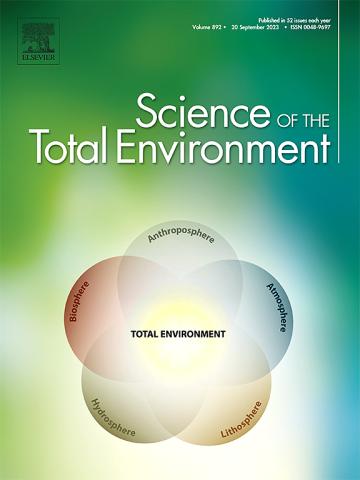A new study from a Nebraska Water Center research team discusses the relationship between legacy nitrogen and inputs on arsenic and uranium in the vadose zone. Titled “Interplay of legacy irrigation and nitrogen fertilizer inputs to spatial variability of arsenic and uranium within the deep vadose zone”, this article was published in Science of the Total Environment and continues the work the research team has been conducting on the vadose zone in Nebraska.
The vadose zone is the interval between the crop root zone and the water table, and is a critically important region for storage, transport, and transformation of chemicals that can impact groundwater quality.
Key findings of the study include:
- Unsaturated/vadose zone is a dynamic reservoir for nitrogen and trace metals.
- Vadose soil nitrate and ammonium are found to be influenced by surface irrigation.
- Amount of water input can be a key driver to vadose zone reactivity.
- Nitrate in the vadose zone seems to affect soil uranium occurrence.
- Vadose zone monitoring can be critical to protecting groundwater resources.
The research team includes Arindam Malakar, Chittaranjan Ray, Matteo D’Alessio, Jordan Shields, Craig Adams, Marty Stange, Karrie A. Weber, and Daniel D. Snow.

